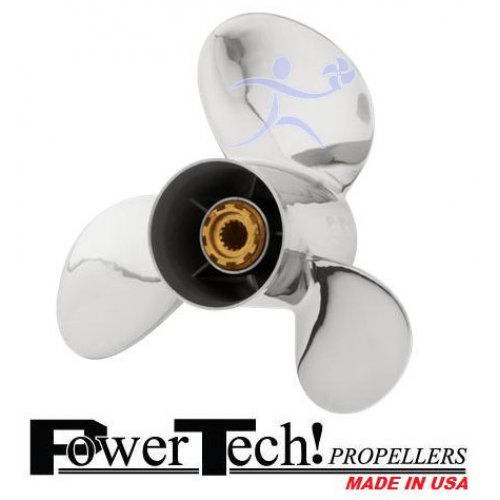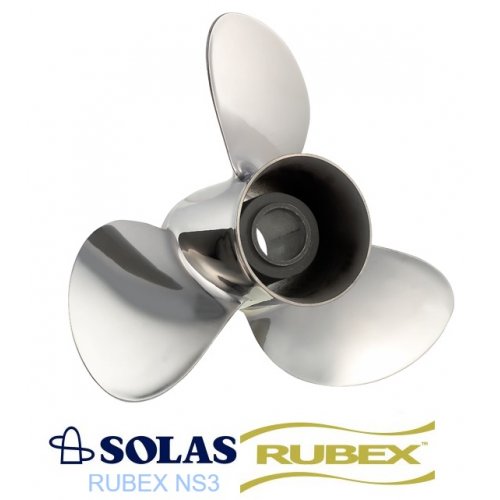Martec Folding Prop Installation 115
We carry a wide assortment of marine propellers, including Michigan Propellers, Hung Shen Propellers, Volvo Propellers, Mercury Propellers, Power Tech Propellersand even Sailboat Propellers by Max Prop, Martec, Volvo penta and more. You'll find most everything you will need that fits under your waterline. We have boat shafts and bearings to keep you running smoother and faster. Manejo De Puerto Serial En Visual Basic 2010. A huge selection of Zinc Anodes to keep your propellers clean and electrolysis free.

20x22 brass propellers new in the box with install hardware. Bought for project that didn't. Martec folding propeller 16' RH 16Dx10P-2, 1'shaft, used with 2GM Yanmar motor. ALUMINUM BOAT. New in the box QuickSilver QA2068T Black Diamond Propeller Mercury Mariner 25-70HP 115/8X101/2. Bought it as a spare. Jul 23, 2017. Propeller Central - Marine Parts Express. Don't let this happen to you! Our own Sales Engineer Fred Sidelinger pointing to a huge chunk one customer had to cut away from his stainless steel prop just to remove it! Prop grease is a bargain- -you know what they say about an ounce of prevention?

To enhance the environment for the do it yourselfers we have lots of Propeller Tools & supplies to make your maintenance experience much easier. We carry all the products above and more. So come on in and shop at your convenience. We are open 24-7 365 days of the year.
I'm still a newbie. Bought my first sailboat in April 2014. My new to me boat came with a Campbell Sailor Propeller. The previous owner talked like it was a really good prop. I know nothing about props. Since buying the boat and sailing it, I have wondered if it is a good prop or not? My 30' sailboat only has a Universal 14 HP (2 cylinder) diesel engine.
She cruises under power at 3/4 throttle at about 4-5 knots depending on current. I have read about folding props and feathering props. I realize that I would have less drag when sailing with a folding or feathering prop, but I am curious if I would gain any speed when motoring. I am concerned that when motoring with other cruisers that I might not be able to keep up with them.
So my question is would I actually gain any speed when motoring with a folding or feathering prop? Is there a big difference between a 2 blade and 3 blade feathering or folding prop? My 30' sailboat only has a Universal 14 HP (2 cylinder) diesel engine. She cruises under power at 3/4 throttle at about 4-5 knots depending on current. So my question is would I actually gain any speed when motoring with a folding or feathering prop? Is there a big difference between a 2 blade and 3 blade feathering or folding prop?
Thanks[/quote] Hello McIntochUSA, The speed you get motoring seems OK to me. At 3/4 throttle there would be a little extra left if you needed to push through headwind, current, or other action. We have a Martec two blade folding prop on our 28 Caliber. Hokage 3 Vs Orochimaru Full Fight Bahasa Indonesia. The boat moves forward very well, but reverse is a direction that requires some getting used to! With fixed blade, two blade props I was always confident in my ability to back the boats under control to where ever I wanted them. With the Martec folding prop I must be sure to come to a complete stop before shifting to reverse and I must always account for prop walk to the port side as I begin to move backward. The cost of a folding prop far outweighs any increase in sailing speed that I ever experienced.
Both Martec props we ever used were already on the sailboats we bought. I did have our current Martec refurbished by the company and it works better than it did prior to repair. 31seahorse Give a look to the zinc if that is a current photo. That looks like a very inefficient prop, but also low drag, which is probably the idea. I'm not too sure why you are so concerned with keeping up with other boats when you are under power, but the prop is only one factor involved. How clean the bottom and prop are, is a much more important factor than the actual prop efficiency.
Also wind and sea conditions will alter your speed under power from one outing to another. We love our Maxprop, but do you really think it's worth that kind of investment on your first, learner boat?
I just went through an evaluation of my prop and can share with you what I learned. My engine is undersized, ie: yanmar 2gm20f which is 18 HP for a Catalina 310 with almost 11,000 lb displacement. I worked with a yanmar expert and did the following: 1. Is tachometer accurate? Used a handheld device to verify that. Does engine reach max rpm out of gear?
For my engine that is 3,800 rpm. Does engine make maximum rpm while in gear (away from dock)? For my engine that is 3,600 rpm. Mine hit 3,510 rpm (measured) at full throttle.
This is almost perfect according to yanmar expert. So my conclusion is that the 4 blade, fixed 14' prop is ideal.
Still only make about 5.5 knots under power at 3,000 rpm. Cleanliness of bottom, shaft and prop is also a big contributor. Hope that helps.
Click to expand.While the hp of your diesel may be a bit lower than optimal, I would estimate that your size boat should motor at 6 kts all day long. This presumes that the bottom is clean and smooth. Your particular prop is, as others note, a compromise between drag under sail and blade area under power. I have looked at one of those and it looked really inefficient to me, but I am no engineer. Our boat does not compare directly with yours, but it did take me over a decade to figure out the best pitch for a newer three-blade fixed prop. I also had that prop trued up and balanced by a 'prop scan' shop in my area (it was out of balance from the factory; it's a Michigan, if you're curious). For 15 years we thought our boat was good for about 6.5 under power.
Nowadays we motor at 7.0 any time at the manufacturer's recommended rpm (2500 for our M25XP). Consult your engine manual for this information. Best of luck, Loren. Click to expand.One caveat: all the calculations - web or printed book - will have one facet missing from their data. That's the difference in DWL and actual sailing or motoring WL.
If you have a hull design with a lot of slope or 'tuck up' to the stern profile, there's not much difference in WL length between being at rest or being under way. A lot of modern hulls will have a much straighter run to the bottom aft, and this will add as much as several feet to the hull in contact with the water once you get over 3 or 4 kts. On our particular model, the static (measured) WL is about 28 feet. Moving along at 6 kts we are at about 30 or 31 feet. That's why we can motor at 7 kts at cruising rpm with the diesel.
I would note that we are NOT an ultralight boat. Brochure weight is 10600# and estimated weight with normal loading is well over 11K, maybe closer to 12K. So, the math is accurate, but it may not quite tell you the whole story.
Having said all that, you will quickly see that some well-known 30' to 32' double enders with fairly vertical and full ends have a 'lot' of WL, and still struggle to exceed 6 kts. They are heavy with a lot of hull area below the water and it just takes a lot of HP to move them along. As NA B Perry once said about the whole desirability argument concerning different boats, a long time ago, 'they're all good boats' ---- for the right conditions and the right owner. Photo attached. Us at about 7.1 kts on a windless day. Note the following wave - definitely 'hull speed'.
Fair winds and no head seas, Loren.